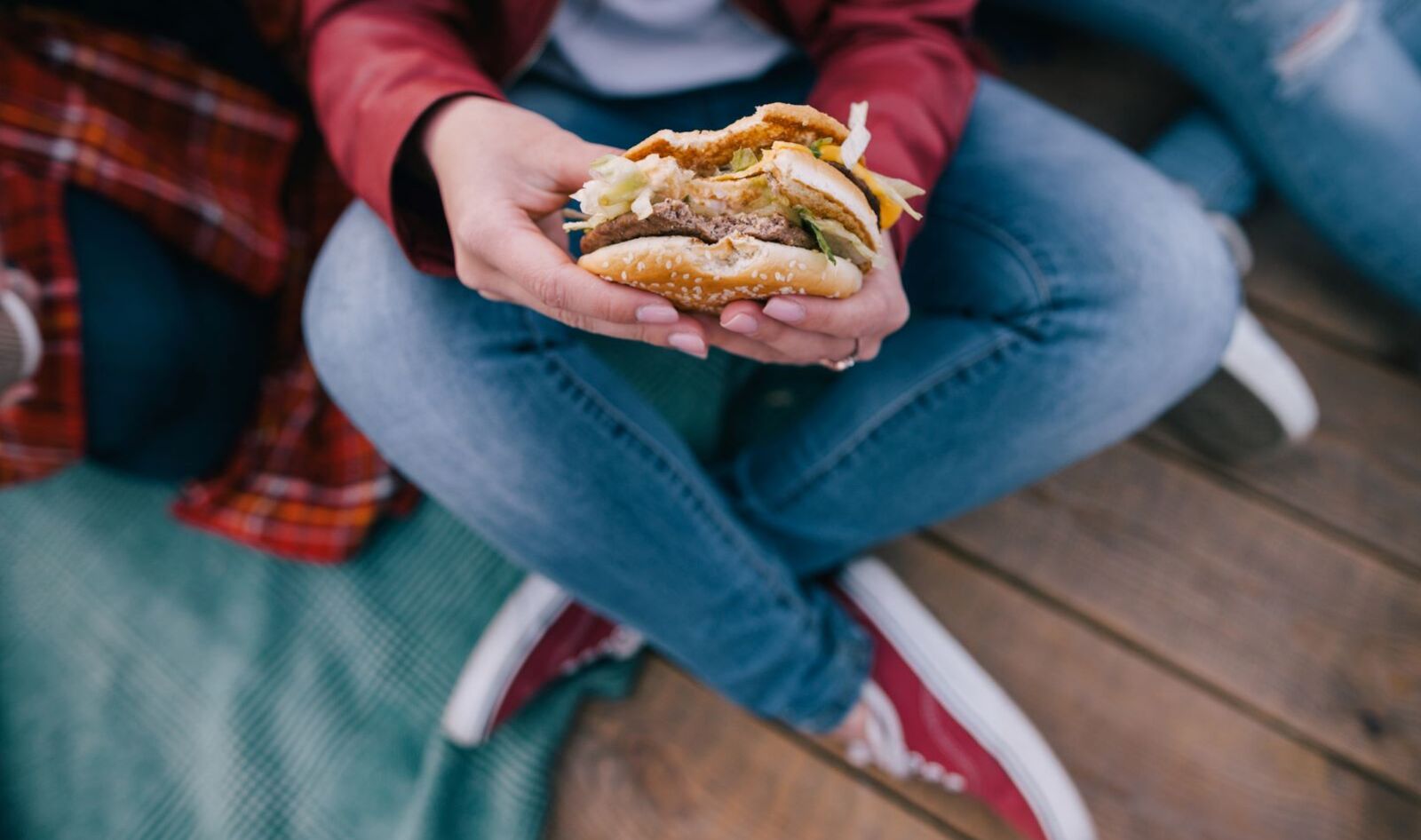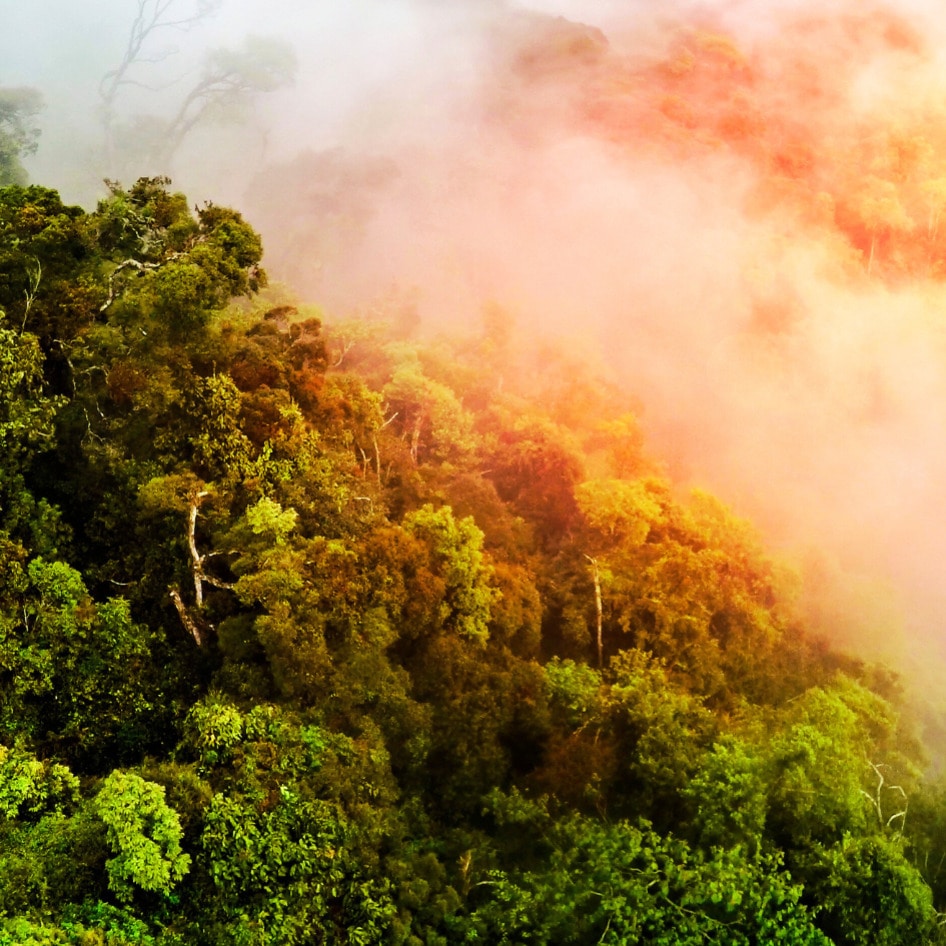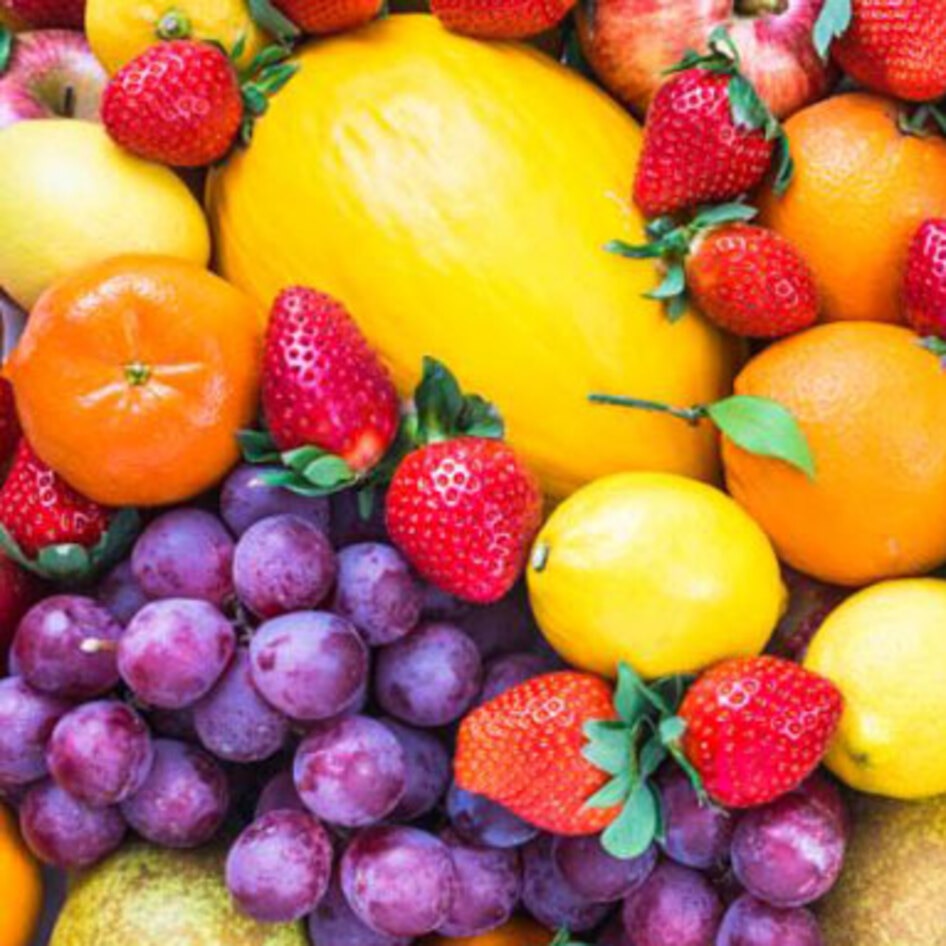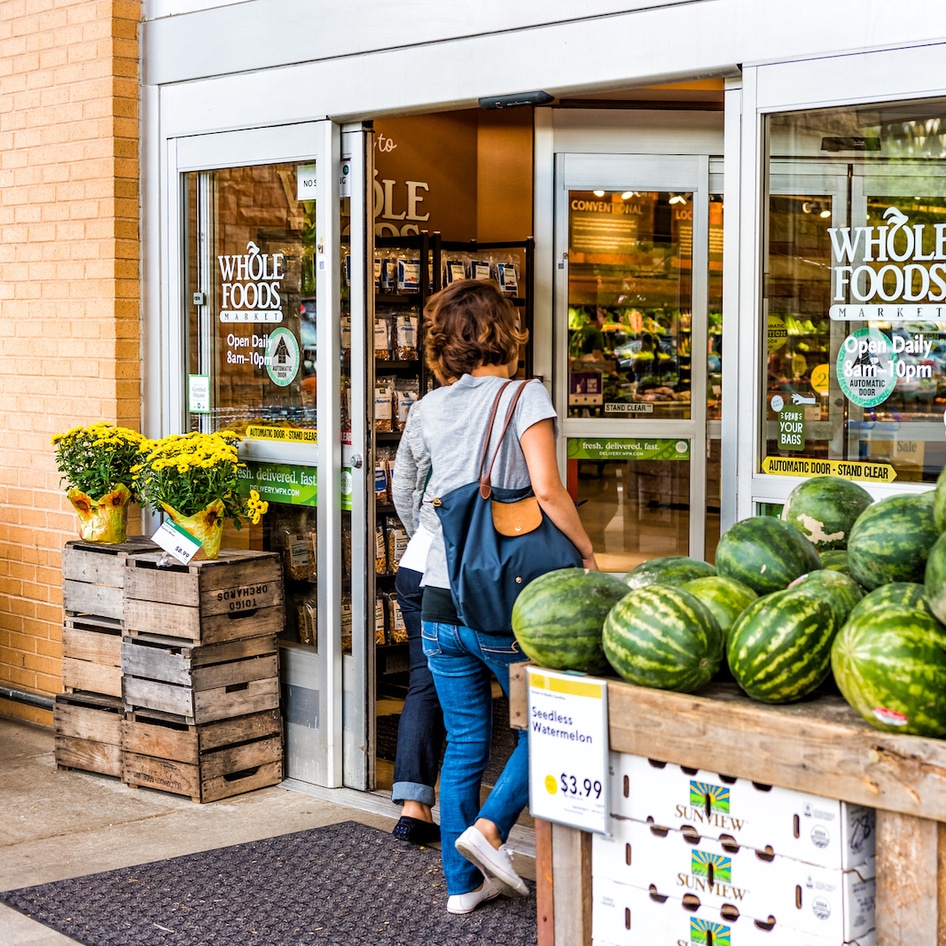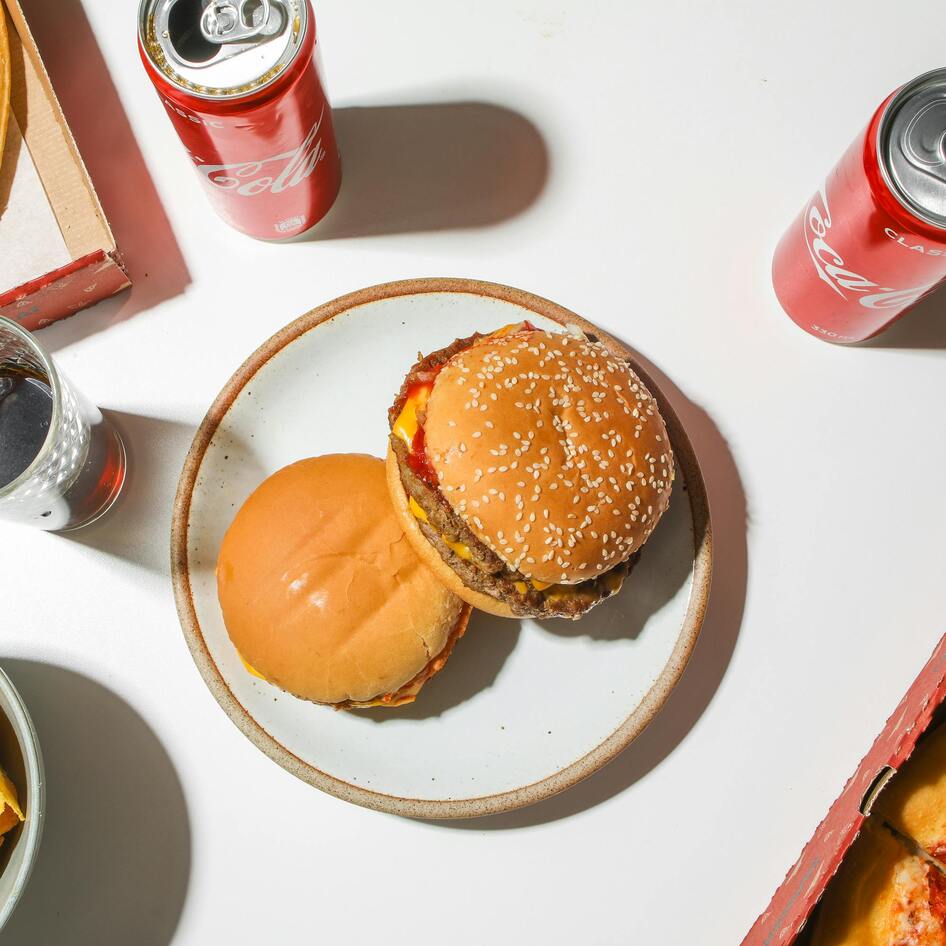In recent decades, Brazil has risen to prominence as the world’s leading soybean producer, with its soy crop serving as a key source of animal feed for farmed animals. However, this agricultural success has come at a cost, as it is also the leading consumer of pesticides.
A new study, conducted in collaboration between the University of Illinois Urbana-Champaign, the University of Denver, and the University of Wisconsin-Madison, sheds light on the potential health consequences of this pesticide-intensive soy farming in Brazil.
The Brazilian Amazon region has witnessed a rapid transition from low-input cattle production to intensive soy cultivation, marked by a substantial increase in pesticide and herbicide usage. While this agricultural expansion has brought economic benefits, concerns have grown over the associated health risks, particularly in areas where educational efforts and training for pesticide applicators have failed to match the growth in pesticide use.

Marin Skidmore, an assistant professor in the Department of Agricultural and Consumer Economics at the University of Illinois Urbana-Champaign, led the research.
“As this transition was happening, there were documented cases of pesticide poisoning of agricultural workers and evidence of chemicals in the blood and urine samples of non-agricultural workers in the surrounding communities,” Skidmore said in a statement. “This indicates that this rollout had happened in a potentially dangerous way that was leaving people exposed.”
Their findings, published in the scientific journal Proceedings of the National Academy of Sciences (PNAS), have raised concerns about the correlation between soy expansion and increased pesticide use in Brazil’s Cerrado and Amazon biomes and the rising childhood cancer mortality rates.
The link between Big Meat and cancer
The study focuses on the potential public health consequences of pesticide exposure, with a particular emphasis on the vulnerability of children. The researchers examined the incidence of deaths from acute lymphoblastic leukemia (ALL), the most common childhood bloodborne cancer, in these soy farming regions.
The research was based on data concerning health outcomes, land use, surface water, and demographics in the Amazon and Cerrado biomes. The study primarily considered rural areas with at least 25 percent of land cover in agriculture.
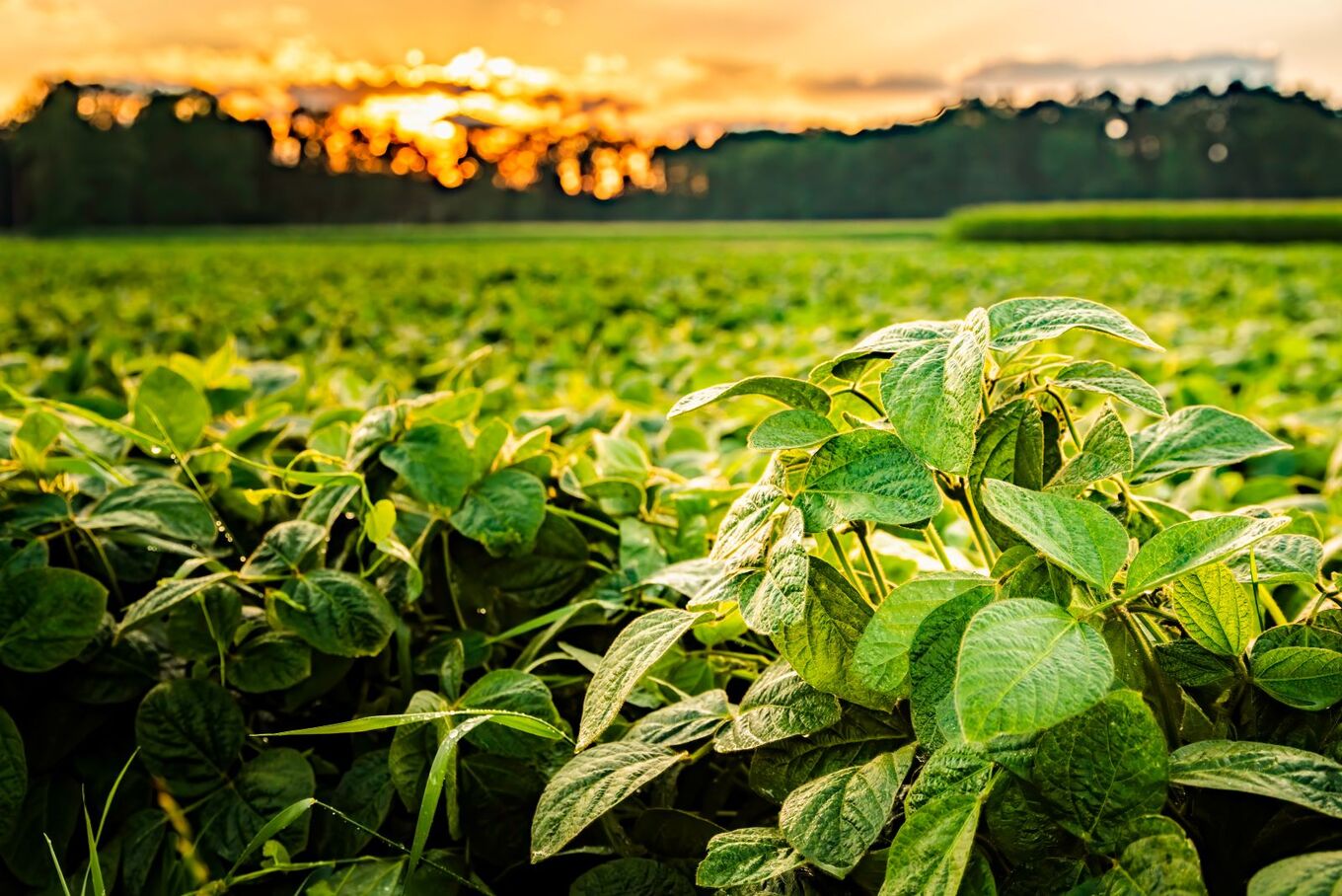 Adobe
Adobe
Soy production in the Cerrado region tripled from 2000 to 2019, and in the Amazon, there was a 20-fold increase in soy farming, accompanied by a three- to 10-fold increase in pesticide use during the same period. Remarkably, Brazilian soy farmers apply pesticides at a rate 2.3 times higher per hectare than their American counterparts.
Skidmore emphasized the study’s findings do not establish a direct causal link between pesticide exposure and cancer deaths but pointed out that they took several steps to rule out other potential explanations. There were no observed correlations between ALL deaths and soy consumption, changes in socioeconomic status, or the prevalence of crops with lower rates of pesticide applications.
The researchers also investigated the contamination of water sources as a primary method of pesticide exposure, concluding that pesticide runoff into surface water is a likely route of exposure for local populations.
“Our results show a significant relationship between Brazil’s soy expansion and childhood deaths from ALL in the region,” Skidmore said. “Results suggest that about half of pediatric leukemia deaths over a 10-year period may be linked to agricultural intensification and exposure to pesticides.”
“Our concern is that our results are only the tip of the iceberg. We measured one small, very precise outcome. Pesticide exposure may also result in non-fatal cases of leukemia, and there is a risk of impacts on the adult and teenage community,” Skidmore added.
The environmental effects of Big Meat
While this study points to the health risks associated with agricultural intensification, the issue is not isolated to soy farming. In fact, the growth of soy farming and accompanying pesticide use would not be an issue if it weren’t for animal agriculture.
The majority of soybeans (more than 77 percent) are grown for feed for animals such as cows, pigs, chickens, and fish who are raised for meat or exploited for dairy and eggs.
In addition, the land required to grow animal feed means farmers are clearing land in the Amazon for agricultural use. Researchers estimate that 4,800 kilometers² of forests are cleared annually to meet the growing demand for soy.
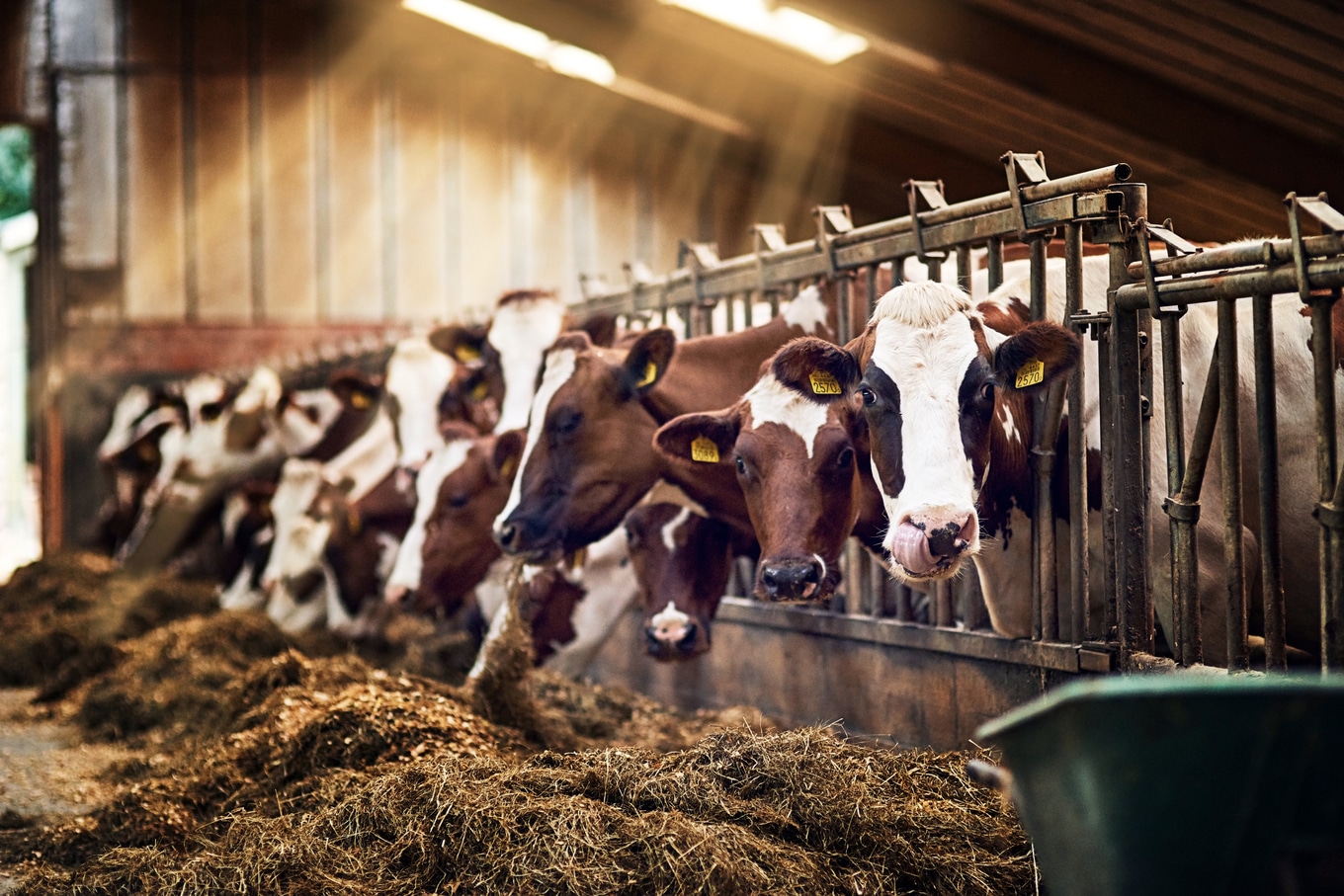 Getty
Getty
Recent research published in the scientific journal Environmental Research Letters shows that when it comes to sourcing soy from the Amazon region, zero-deforestation pledges (ZDP)—made in support of Brazil’s Soy Moratorium, which banned sourcing soybeans produced on deforested land after 2006—have been mostly ineffective.
Conducted by researchers from the University of Cambridge, Boston University, ETH Zurich, and New York University, the research found that ZDP pledges were made by at least 94 companies through 2021, and the majority of these were not effectively implemented.
Over the years, a number of investigations have uncovered the atrocities that the Amazon—and the world at large—has suffered for the profit of the meat industry. In 2020, meat giants JBS, Marfrig, and Minerva were linked to the horrific Amazon fires in a report released by environmental organization Mighty Earth in partnership with tech company MapHubs.
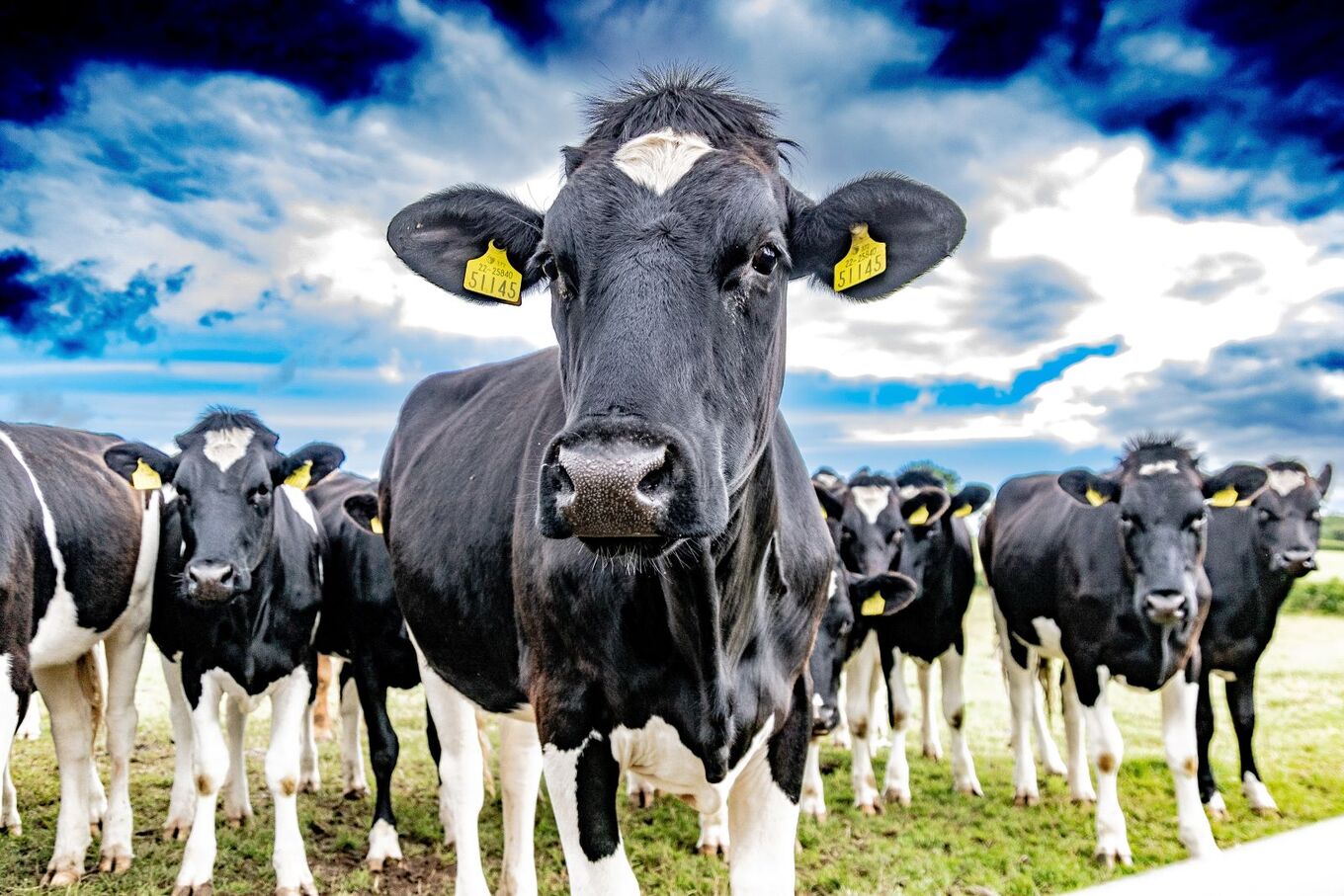 Michael Starkie/Unsplash
Michael Starkie/Unsplash
In the Amazon, fires are intentionally set to clear land for cattle pastures or crop production and the report overlaid the company supply chains over the burning regions to show which companies are driving the destruction.
Far-reaching consequences
As Brazil’s Amazon rainforest continues to face deforestation, a new study conducted by a team of British and Brazilian scientists reveals that deforestation in the Amazon has far-reaching consequences, causing land surfaces up to 100 kilometers away to become warmer.
While it’s well-documented that clearing tropical forests leads to local temperature increases, this study sought to determine whether deforestation in the Amazon had a wider impact on climate warming in surrounding areas, up to 100 kilometers away. The researchers combined satellite data of land surface temperature and forest loss in the Amazon spanning from 2001 to 2020. They analyzed data from 3.7 million locations across the Amazon basin and compared the warming observed in areas with varying levels of local and regional deforestation.
 Getty
Getty
Local deforestation, defined as occurring within 2 kilometers of a data collection point, led to an average temperature increase of 0.3 C over the 2001–2021 period. In regions with 40 percent to 50 percent local deforestation but little regional deforestation, temperatures rose by an average of 1.3 C. However, areas with both local and regional deforestation experienced a significant average temperature increase of 4.4 C.
The researchers noted that “the regional warming due to Amazon deforestation will have negative consequences for the 30 million people living within the Amazon basin, many of whom are already exposed to dangerous levels of heat.”
“In Brazil, studies on the importance of conserving forests for carbon storage are common, but we still lack studies on their biophysical effects,” Celso von Randow, a researcher from the Brazilian National Institute for Space Research and a co-author of the study, said in a statement. “This is important because the Amazon is warming rapidly due to climate change, and now exacerbated by deforestation.”
For the latest vegan news, read:
JUMP TO ... Latest News | Recipes | Guides | Health | Subscribe

